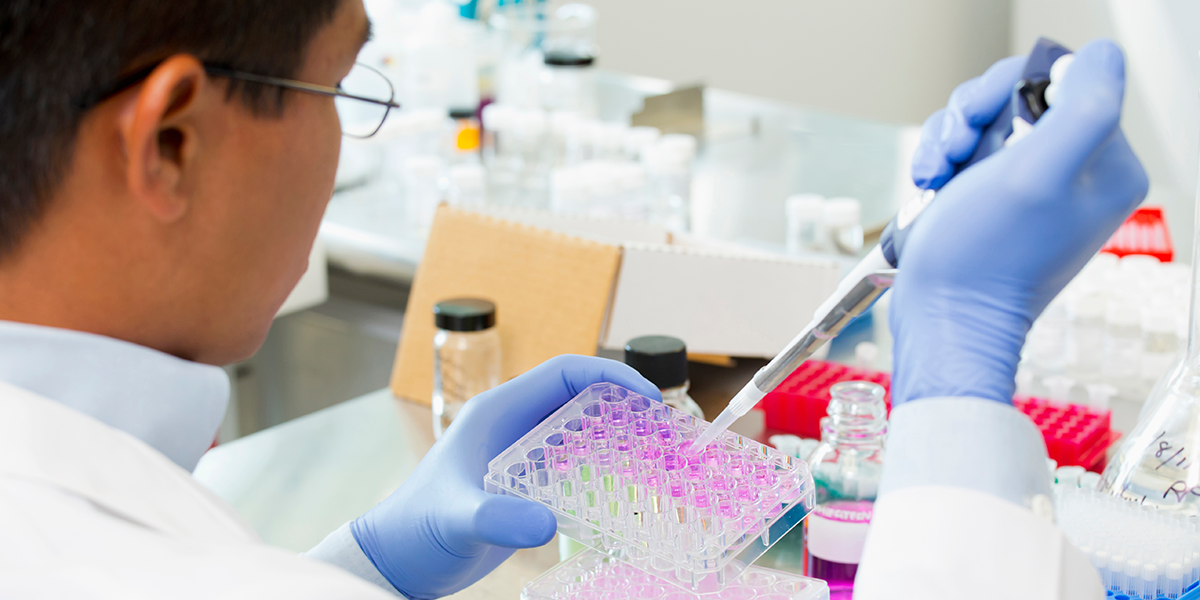Understanding How Modern Cancer Treatments Work

A cancer diagnosis is no longer an automatic death sentence. Modern medicine has many options in its treatment toolkit to tackle different types of cancer – and the field continues to advance. The goal of treatment is to cure, shrink or halt the progression of a cancer through the use of medications, therapies and surgery.
Once a cancer diagnosis is confirmed, specialists now can use biomarker testing that analyzes genes, proteins, and other substances to gain information to help determine which treatment combination is best.
Here are the most common treatments available today, in alphabetical order:
Chemotherapy uses drugs to kill cancer cells and can be administered in different ways – orally in pill or liquid form, by injection, topically or, most commonly, intravenously directly into a vein. Due to the strength of chemotherapy medications, they come with a slew of side effects including nausea and vomiting, but most frequently severe fatigue.
Clinical trials provide yet-unproven treatment approaches being tested through thousands of studies exploring new ways to combat different types of cancer.
Hormone therapy is mostly used to treat prostate or breast cancers that hijack hormones to grow and spread.
Hyperthermia treatment heats body tissue to extremely high temperatures up to 113 degrees Fahrenheit to kill cancer cells without harming normal tissue.
Immunotherapy uses substances made by your body or in a lab to boost your body’s immune system. The immune system fights cancerous cells. This is a relatively new approach to fighting cancer and currently works on only certain types of cancer.
Photodynamic therapy uses light-activated drugs to kill cancer cells with localized precision, using light-sensitive drugs activated most often using lasers or other light-emitting devices.
Stem cell transplants restore stem cells that have been destroyed by high doses of chemotherapy or radiation, to help regrow white blood cells (which fight infection), red blood cells (which carry oxygen around the body) and platelets (which help blood clot), all needed for cells throughout our body to keep us healthy.
Surgery is used in cancer treatment to remove cancerous tissues and tumors to help prevent it growing, progressing and spreading cancerous cells to other parts of the body.
Targeted Therapy precisely hones in on and attacks proteins in our DNA that control growth, spread and division of cancer cells.
People react differently to cancer treatments, many of which come with significant side effects, and your healthcare specialists can assess your individual situation and develop a treatment plan deemed to work best for your cancer diagnosis.



